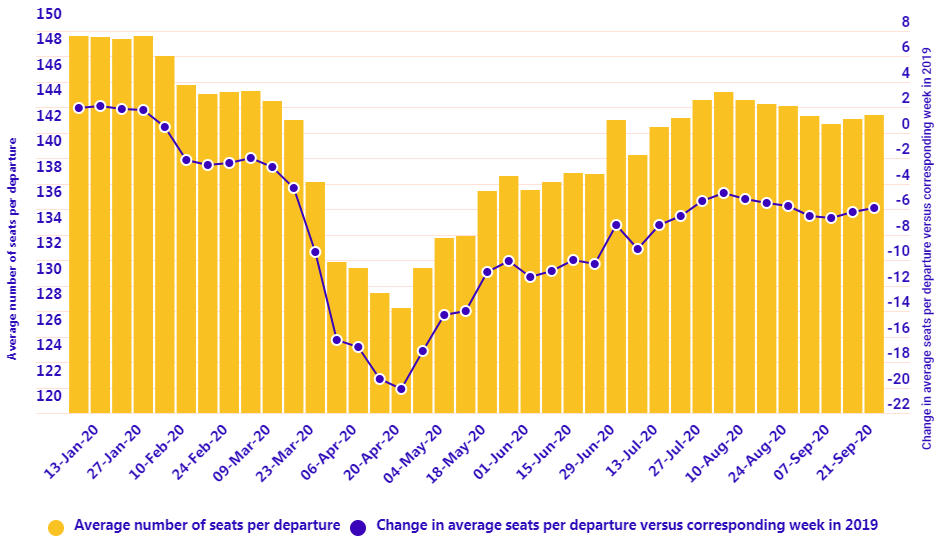When it comes to economics there are a complex number of factors needed to combine on a city pair to make their operation as efficient as twin-engine jets, especially now we have a new generation of airliners in that class.
Aircraft such as the A380 and 747 were successfully - and profitably - deployed on a number of routes as we entered 2020, but the loss of demand from the Covid-19 pandemic means that most of airlines that operate large capacity aircraft put them into storage during the infancy of the pandemic. To date these have not and will likely not ever return to the air. The departure of older equipment may be good from an environmental perspective, but will bring a tear to the eye of enthusiasts across the industry.
It is fair to say that big is only ever beautiful in aviation during the good times, and those have been fairly limited and are unlikely to be seen for the foreseeable future. This has seen the premature departure of many larger capacity long-haul aircraft from the fleets of international airlines.
To say the 2020s have started in a difficult fashion for the aviation would be a massive understatement. To make matters worse the 2010s had been a good decade for the industry when airlines saw some of their best years of performance, in terms of traffic as well as with profitability, even though on a global scale the latter still remained patchy at best.
Annual passenger numbers had leaped from just under 2.7 billion in 2010 to 4.5 billion in 2019. The new decade had been entered with strong optimism, albeit with concerns over global trade disputes and a need to be increasingly aware of environmental issues and sustainability drives. The 2020s were expected to be another strong decade of air travel growth with 2020 projected to see an additional 180 million passengers on top of the levels seen last year.
But for all of us the world has changed. There is no such thing as normal anymore as we reinvent all aspects of life, at all levels, for the new world that has been in born in 2020. It is clear, 2020 will be a milestone moment in everyone's calendar. Whether Covid-19 proves to be a once in a lifetime pandemic, perhaps a generational problem, or worryingly a regular new evil, it has left an indelible mark on the world and that has not been felt harder than in the travel, transport and hospitality industries.
One lasting impact - short- and medium-term at least, long-term perhaps - from Covid-19 will be on the seating capacity of aircraft. Airlines may be reintroducing routes, but most are at lesser frequencies and many are being flown using smaller aircraft. During the 2010s we saw a rise in the average capacity per flight departure, a 19.4% increase from approximately 124 seats in 2010 to closing in on 149 in 2019.
They say 'a picture paints a thousand words'. In this new regular section Corporate Travel Community (CTC) offers a graphical insight into a key industry observation or trend. In this second edition we use OAG data to highlight the rise in average seats per aircraft departure over the 2010s and then look at how things have changed during 2020 on a week by week basis.

